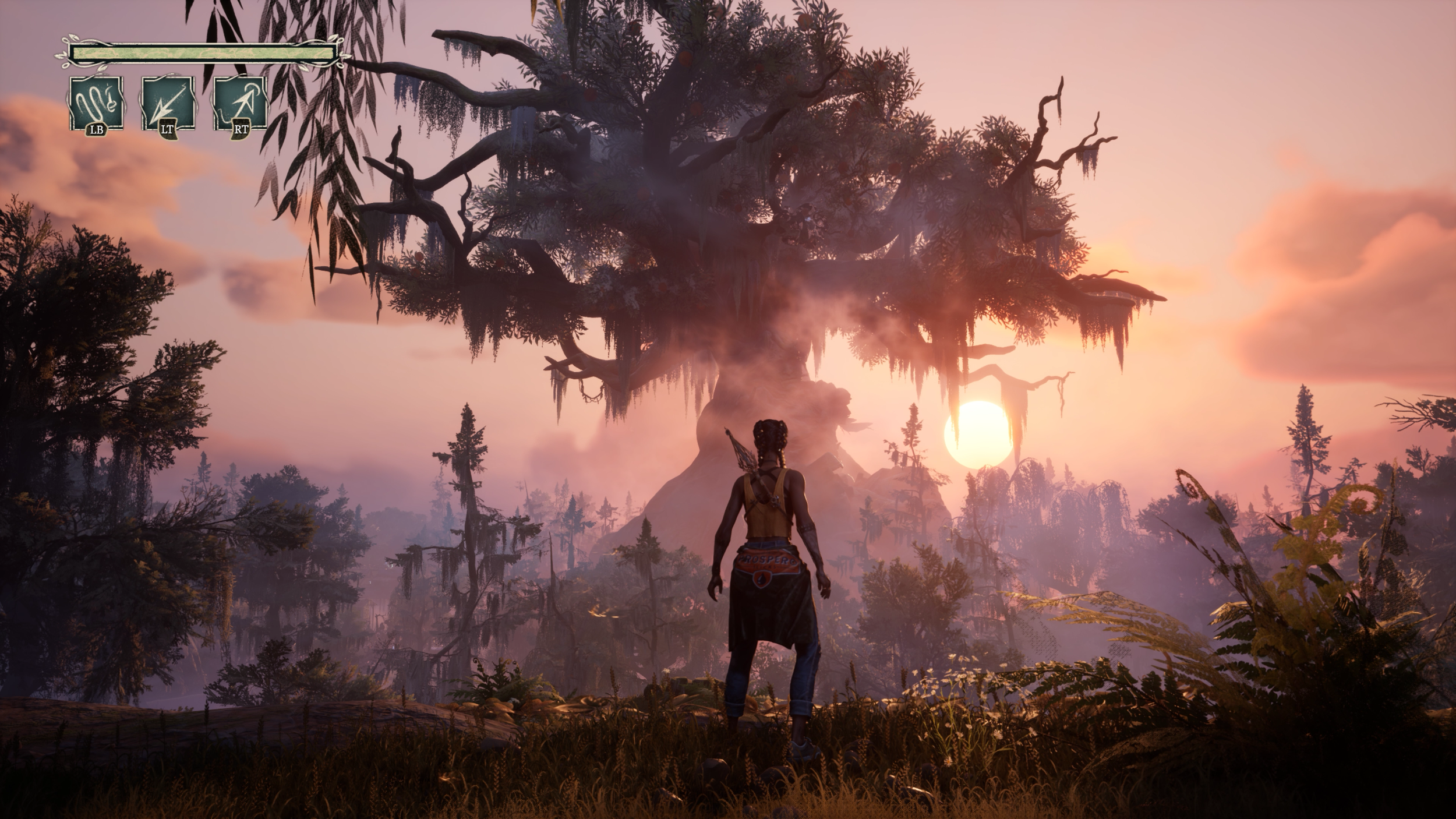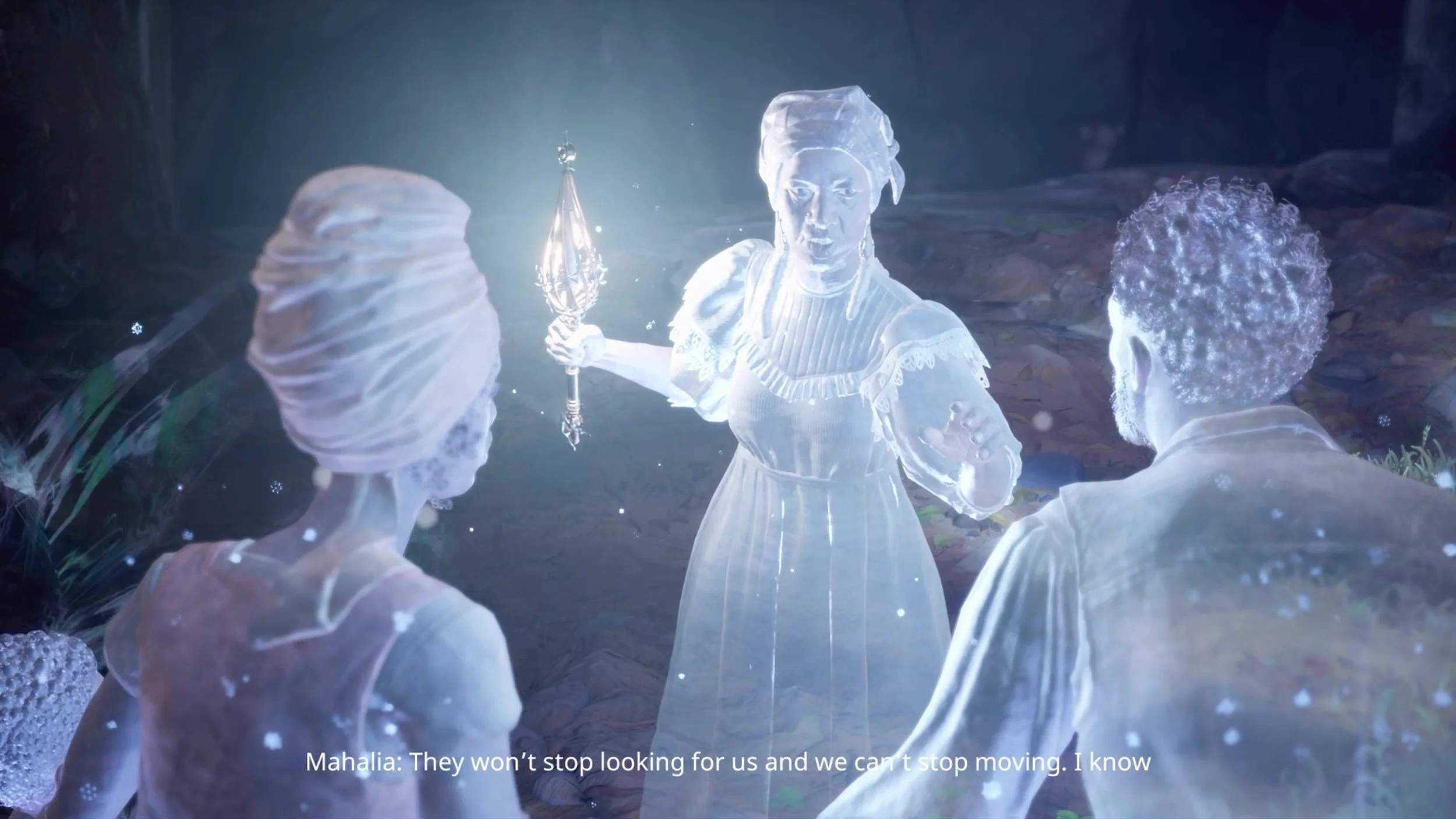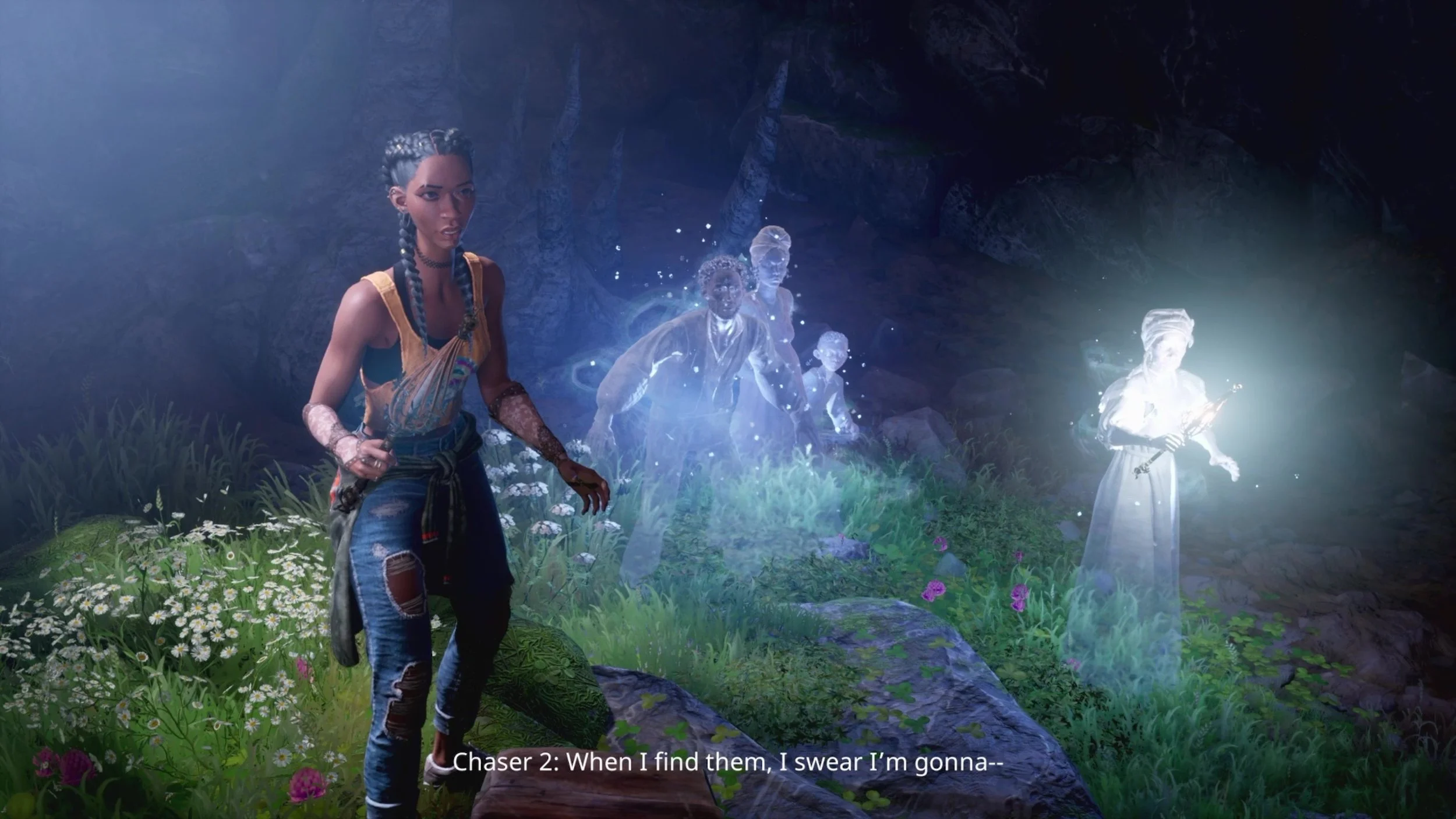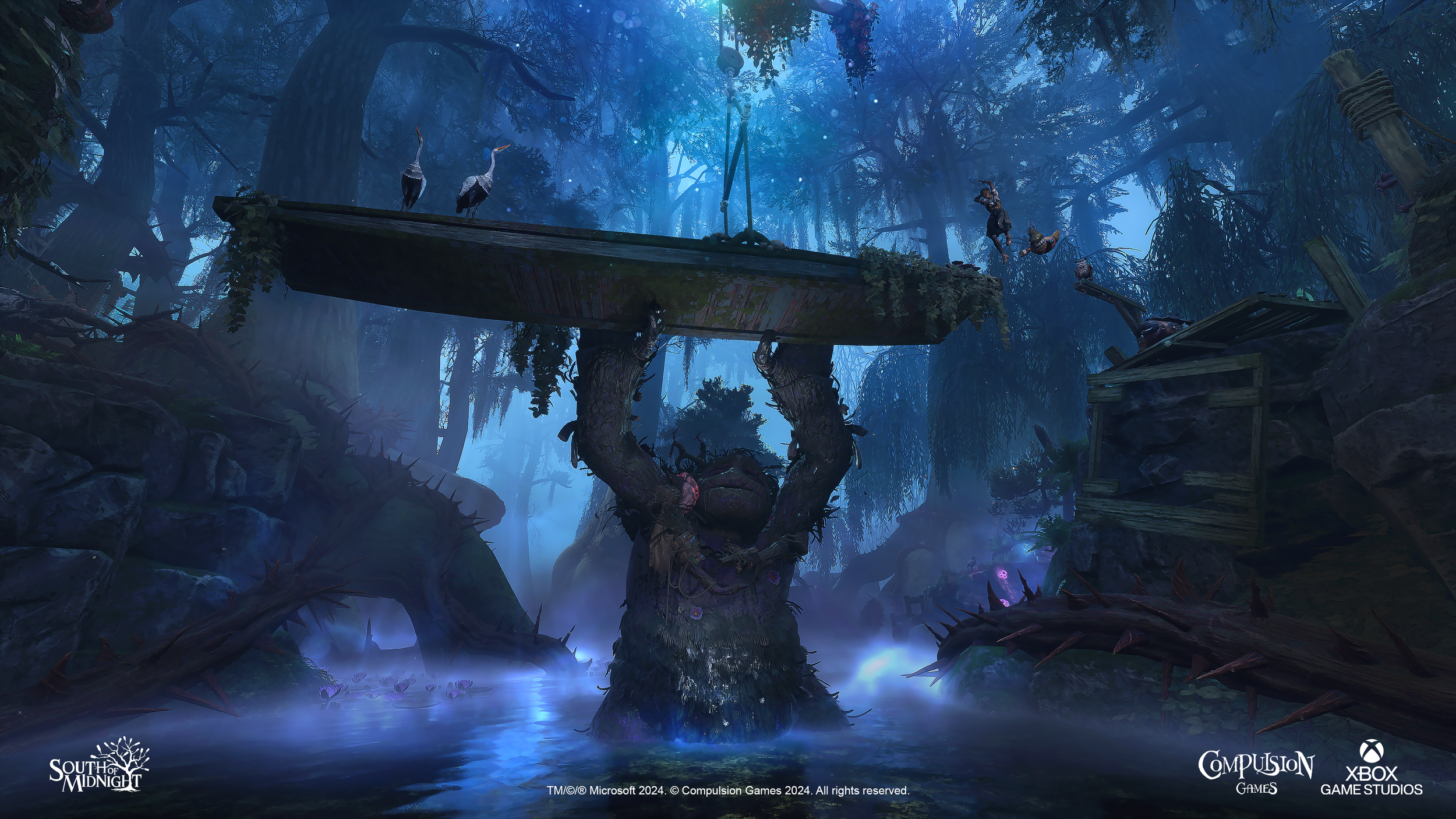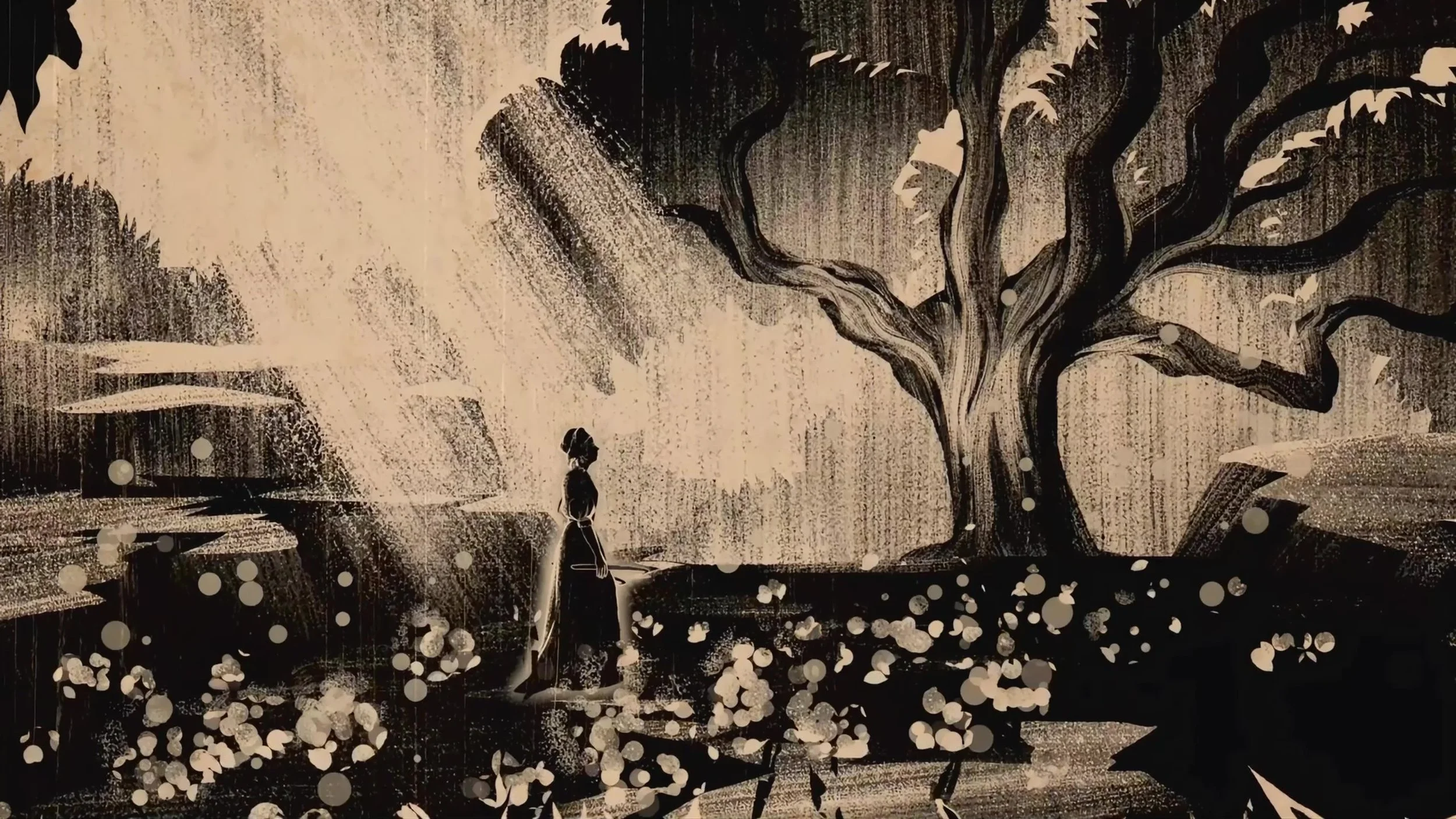South of Midnight Review (Spoiler Free)
South of Midnight
South of Midnight is a gorgeous storybook action-adventure game that is rich with detailed lore, culture, and breathtaking artwork. I’m in awe that this is only Compulsion Games’ third game as it sets a new bar for world-building, stylized gameplay, and heart wrenching narratives on historical and personal trauma.
I went into South of Midnight with little expectations. I’d limited my exposure to the various gameplay trailers, story breakdowns, and other detailed sneak peeks of South of Midnight to avoid spoilers and to keep the experience as fresh as possible.
I’m very glad I chose to approach it this way and for the sake of preserving the experience for those of you reading or watching this review, this will be spoiler free. I’ll only use examples from the events that occur in the first few hours, most of which were shown in trailers.
A Full Story in One Day
The story follows Hazel, a teenage girl who’s a rockstar track and field runner, preparing to leave her house as a hurricane is set to hit her town, Prospero, a fictional town set in the south. Hazel and her mother live alone together, as her father passed when she was younger.
It’s clear that Hazel and her mother are close, but they argue quite a bit. An argument spews about Hazel wishing her mother didn’t spend so much time at the nearby shelter since it kept her from getting home in time for hurricane preparation.
The generational gap and misunderstanding is immediately recognizable as Hazel doesn’t understand why her mother is so protective of her and why they don’t talk about her grandmother (from her father’s side), Bunny, even though she’s family. While Hazel feels she’s a fully grown adult, she clearly has a lot to learn about the world.
Hazel does learn pretty quickly about her family’s history and the secrets of the land that she wasn’t aware of as her mother gets swept away in a flood caused by the hurricane. In her scramble to rescue her mother, Hazel visits her grandmother Bunny for help but finds she isn’t exactly the most emotionally available family member. Hazel looks around Bunny’s house and discovers a pair of weaving hooks that unlock her ability to see the Tapestry, the invisible weave that holds the world together.
However, the Tapestry isn’t always as pristine as it should be. “Stigmas” form throughout the land and within people who’ve faced extreme trauma and hardships. The job of Weavers is to undo the knots within the Tapestry known as Stigmas and reweave them with the intent to heal.
With this new ability, Hazel begins to learn more about her heritage, her mother, and the people around her and how traumas can manifest themselves not just internally, but also physically in individuals, affecting others around them.
While South of Midnight showcases trauma and the physical manifestations of that as mystical, bigger than life supernatural transformations, it’s still believable in that world. Why yes, that big tree warped from a man’s soul? Of course it was the result of a heartbreaking betrayal from someone he trusted.
Once you clear the Stigmas in the area and learn more from the echoes of his weave, it all makes sense as to why this transformation happened. It sounds incredibly fantastical and odd, but it all works. The American South has always had mystical folklore that had been passed down in stories from generation to generation and South of Midnight captures that exact storytelling.
Another big part of South of Midnight’s crafted folklore is the reverence in which African-American folktales are presented. The story with the American South and African-Americans is not an easy one to retell because of the weight of the trauma of that history. Folktales passed along back then were told with the purpose of conveying the horror of slavery but also bringing hope to enslaved people. To liberate them through the telling of spirits and tales that would empower them.
South of Midnight breathes life into those folktales by intertwining them with the magical weave spirits we see throughout Hazel’s journey.
Not only does Hazel discover her mother’s history and hardships, but she also uncovers the history of Prospero and the people who came before her who sought freedom and fought so hard to create new lives for themselves.
While this isn’t the main focus of Hazel’s journey, it’s still important to who she is as a person. Throughout the whole game we see Hazel trying to be an adult and prove herself as that grown woman she claims she is, but we also see her obviously needing to learn more about the world, the history, and the good and bad of life that she may not have seen before.
It’s a beautiful coming of age story where we get to see someone embrace their culture and learn about perspectives she may not have considered before.
Compulsion’s art of storytelling thrives in the details. For example, African-American folklore includes stories about animals like foxes, rabbits, turtles, and other small creatures and South of Midnight incorporates these tales into its environment. I didn’t notice it at first, but when I was working through various chapters and would come to a new part of the map, I’d notice foxes standing in a few spots.
When moving towards the foxes, they’d dart off in a direction and I realized they would lead me to hidden Floofs (the items needed to level up). When you get to the later chapters, you’ll also see more with the animals living in their own little fairytale settings tucked away from human eyes.
It’s details like this that make South of Midnight an incredible experience. Paying close attention to Hazel’s surroundings may give you foreshadowing glimpses of what’s ahead. When Hazel goes to visit Miss Pearle, you can see she has four figurines at her windowsill. There’s a mermaid, crocodile, crawfish mound, and a spider all lined up.
For anyone concerned, this isn’t a spoiler, these characters were shown in the trailer. These indicate the four mythical creatures you’ll encounter throughout Hazel’s journey to find her mother. However, while you do battle these creatures, the whole goal is not to kill them but to rather lay their traumas to rest by unraveling their Stigmas.
In a Reddit thread asking about the folklore and if any of it was derived from real history, Compulsion Games actually replied and detailed that “the folklore in South of Midnight is based on real Southern folklore.
“For example, haints are evil/restless spirits from folklore from around the Carolinas (specifically from Gullah Geechee folklore), and the legend of Two-Toed Tom descends from Florida/Alabama.”
“Many of these folkloric creatures don't have specific visual references, as many of the legends were passed down by word of mouth by Black American, Creole, Cajun, and/or Indigenous folks.”
Bob and “Weave”
South of Midnight’s core gameplay loop is to traverse through different parts of Prospero and clear Stigmas that are festering in various parts of the land. In order to clear Stigmas you come across, you have to actively fight the various Haints, or spirits, that form due to these wrinkles in the Tapestry.
Combat feels pretty fluid, though it does suffer a bit from the issue of auto lock-ons not switching to the enemy closest to you when they move around you. Hazel is a dodge-based character; perfectly timed evades will reward you with a burst of damage dealt to enemies and avoiding all damage taken.
Since South of Midnight is releasing for all consoles, I played through a few chapters switching between a controller and keyboard and mouse. Luckily both inputs are equally comprehensible for South of Midnight.
The dodge timing isn’t too difficult to learn after a few fights, though if you get off rhythm once, it’s a bit harder to get back into perfect timings. As you progress the game, you unlock more abilities for Hazel to use in fights and in traversal. The upgrades aren’t refundable but there really aren’t that many abilities to choose from. It’s best to just go in order and you won’t really feel the need for one over the other as you play through the chapters.
It’s incredibly satisfying to get into a hit combo, dash to the side or forward, inflict perfect dodge damage, and then keep wailing on an enemy. Once you defeat a Haint, you can actually unravel their Stigma to get extra health back during the fight since each arena only has one health consumable for that fight.
Once you clear all enemies, you’re able to unravel the Stigma blocking that area off and continue on your way. Aside from combat, you’ll have to make your way through different levels with various obstacles and figure out how to get from point a to point b with your new tools of traversal.
As each chapter unfolds, Hazel will get stronger as she grows more in tune with the weave power within her which naturally translates to you getting more combat and movement abilities. I appreciate that you can complete each area as it is and you have every tool to overcome the different puzzles or platforming then and there. One gripe I always have about action-adventure games is the fact that you often have to come back to areas to get that one item you missed because you didn’t have the ability needed to get to it.
Just Keep Moving
South of Midnight is a shorter game and the whole story takes place within a day. The average time to beat South of Midnight is around 10-12 hours and it’s meant to make you feel like you’re in that one full day with Hazel.
One of my concerns with action-adventure games is always the pacing and how the distribution of active gameplay and cutscene times are balanced. Does it take away from the action longer than it should? Do the gameplay sections overstay their welcome? Are the cutscenes throwing too much information at you at once?
The pacing in South of Midnight is near perfect. The cutscenes don’t play longer than they should and most of the cinematics last about three to five minutes before you’re given an interactive sequence. The transitions between cutscenes to gameplay and gameplay to cutscenes are visually seamless.
Stylized Excellence
That particular triumph is owed to the unique artstyle and frame speed given to Hazel and other characters. The world and movement all sticks to 60 FPS but character movement is closer to something around 15 FPS since it mimics a stop motion style.
I thought controlling a stop motion frame rate character would be a bit jarring, especially with the world moving smoothly, but it wasn’t something I really thought about or noticed much when actively playing the game. The mixed frame rates work for the super stylized South of Midnight environments and adds an additional layer of immersion to the story.
Flying, leaping, and dashing around Prospero feels like stepping into the middle of a storybook. The artstyle is so reminiscent of how I used to imagine fairy tales in my head as a kid. The soft lighting and vibrant colors make you feel incredibly comfortable in the environment of South of Midnight. That is, until you see the dark swirls of Stigma rising into the air, or a too large for life creature moving off in the distance.
Verdict
I shouldn’t be so surprised that the developers who gave us We Happy Few created South of Midnight, but I genuinely believe this is Compulsion raising the bar yet again for narrative based action-adventure games.
South of Midnight is an intricately woven experience that pulls on your heartstrings. Most impressively, while Hazel is a unique character, I felt like I could relate to her quite heavily. We’ve all been teenagers thinking we were grown adults, knowing more than our parents and thinking we were always right in our own worlds.
In Hazel’s journey, she discovers more about the world, history, her family, and her mother’s perspective that gives her growth as a person mentally and emotionally. Hazel starts out thinking the world is pretty black and white, but she realizes that not everything is as clear as it should be. Even the people and creatures she stumbles across have their stories and reasons for how they became who they are.
South of Midnight is a beautiful tale of empathy and healing and I am personally so happy that Compulsion Games dedicated so much time to crafting this masterpiece.
“Score: 9”



